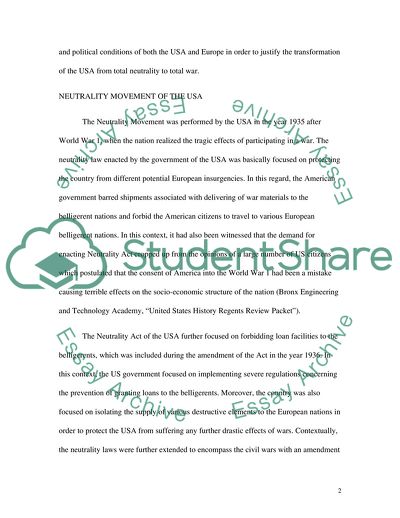Cite this document
(Neutrality Period in the USA Literature review Example | Topics and Well Written Essays - 2500 words, n.d.)
Neutrality Period in the USA Literature review Example | Topics and Well Written Essays - 2500 words. https://studentshare.org/history/1802342-usa-from-total-neutrality-to-total-war
Neutrality Period in the USA Literature review Example | Topics and Well Written Essays - 2500 words. https://studentshare.org/history/1802342-usa-from-total-neutrality-to-total-war
(Neutrality Period in the USA Literature Review Example | Topics and Well Written Essays - 2500 Words)
Neutrality Period in the USA Literature Review Example | Topics and Well Written Essays - 2500 Words. https://studentshare.org/history/1802342-usa-from-total-neutrality-to-total-war.
Neutrality Period in the USA Literature Review Example | Topics and Well Written Essays - 2500 Words. https://studentshare.org/history/1802342-usa-from-total-neutrality-to-total-war.
“Neutrality Period in the USA Literature Review Example | Topics and Well Written Essays - 2500 Words”. https://studentshare.org/history/1802342-usa-from-total-neutrality-to-total-war.


